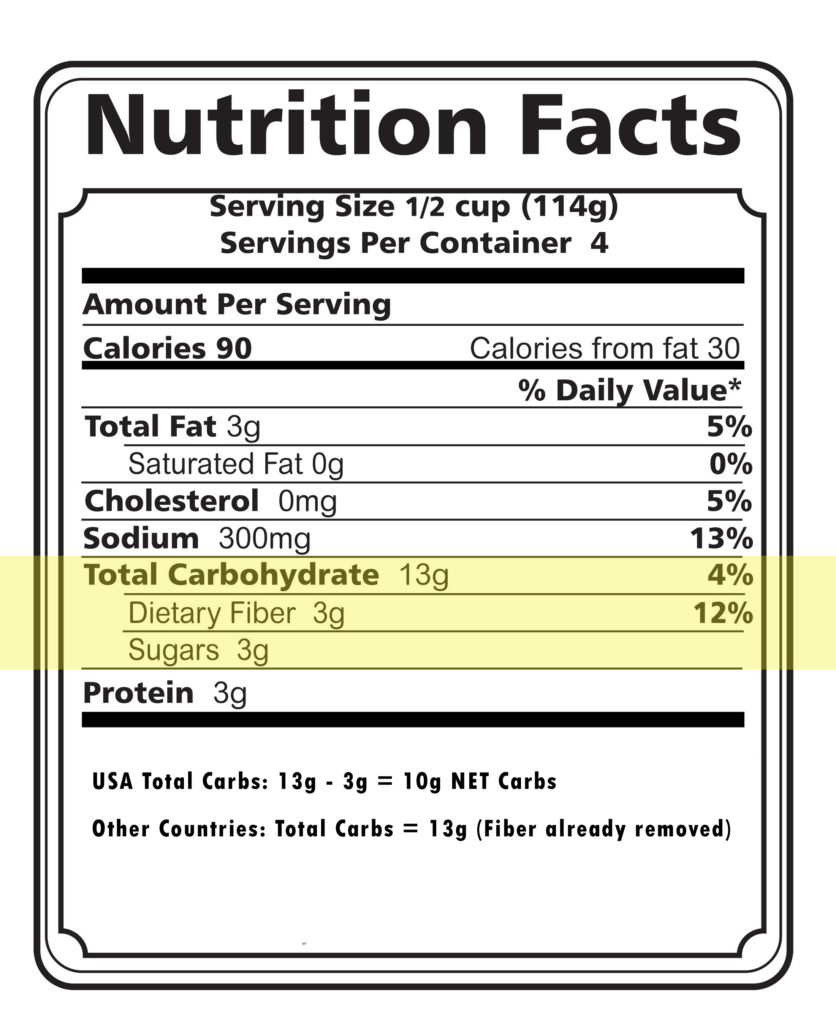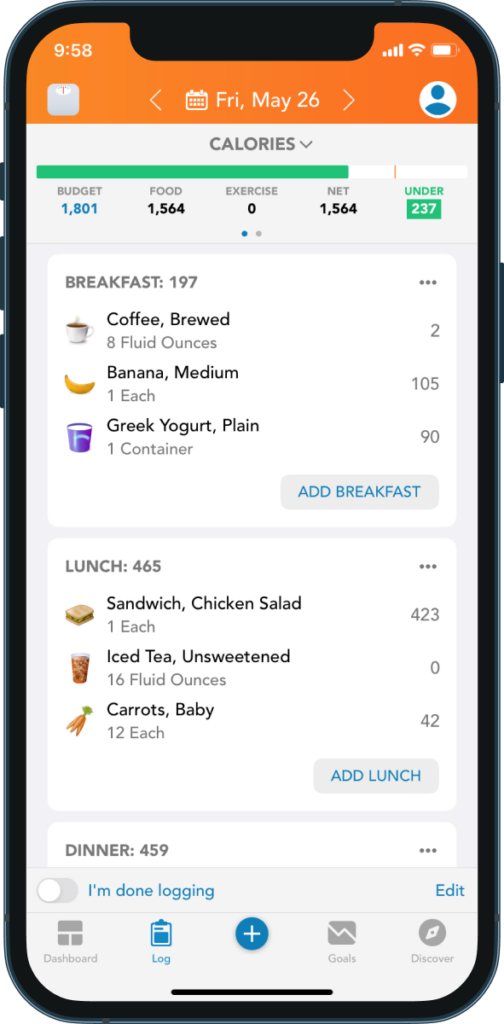When starting keto, you should iInitially, aim for a limit of 20g of carbohydrates per day for the first week. Some individuals may be able to consume up to 50g of carbs daily and still remain in ketosis. It’s beneficial to get a blood ketone meter for a more reliable measure of ketone levels which can help you adjust your carb intake accordingly1 2.
How to Read Nutritional Labels

- Net Carbs: Learn to calculate net carbs by subtracting fiber and sugar alcohols from total carbs as seen on nutritional labels1.
- Serving Size: Pay attention to the serving sizes on nutritional labels as they provide the context for the carb count3.
- Different Labeling Practices: Note that in some countries, fiber is already subtracted from the total carbs on nutritional labels, unlike in the US4.
Recording What You Eat

- Food Tracking Apps: Utilize apps like LoseIt or MyFitnessPal to log your food intake, which helps in tracking your carbs and overall caloric intake5 6 7 8.
- Caloric Deficit: While Keto is a low carb diet, it is, like any effective diet, ultimately a Calories In Calories Out (CICO) diet. Ensure you are eating at a caloric deficit if your goal is weight loss. A caloric deficit, even on a keto diet, is essential for weight loss. This involves consuming fewer calories than your body needs to maintain your current weight, prompting your body to burn stored fat for energy9 10 11 12.
Additional Tips
- Supplement B12: Vitamin B12 is crucial on keto for energy, nerve function, and preventing deficiencies common in low-carb diets.
- Stay Hydrated: Due to increased urination in the initial phase, it’s crucial to drink plenty of water to stay hydrated.
- Replenish Electrolytes: With water loss, you also lose essential electrolytes. Consume broth or foods rich in sodium, potassium, and magnesium to replenish them.





